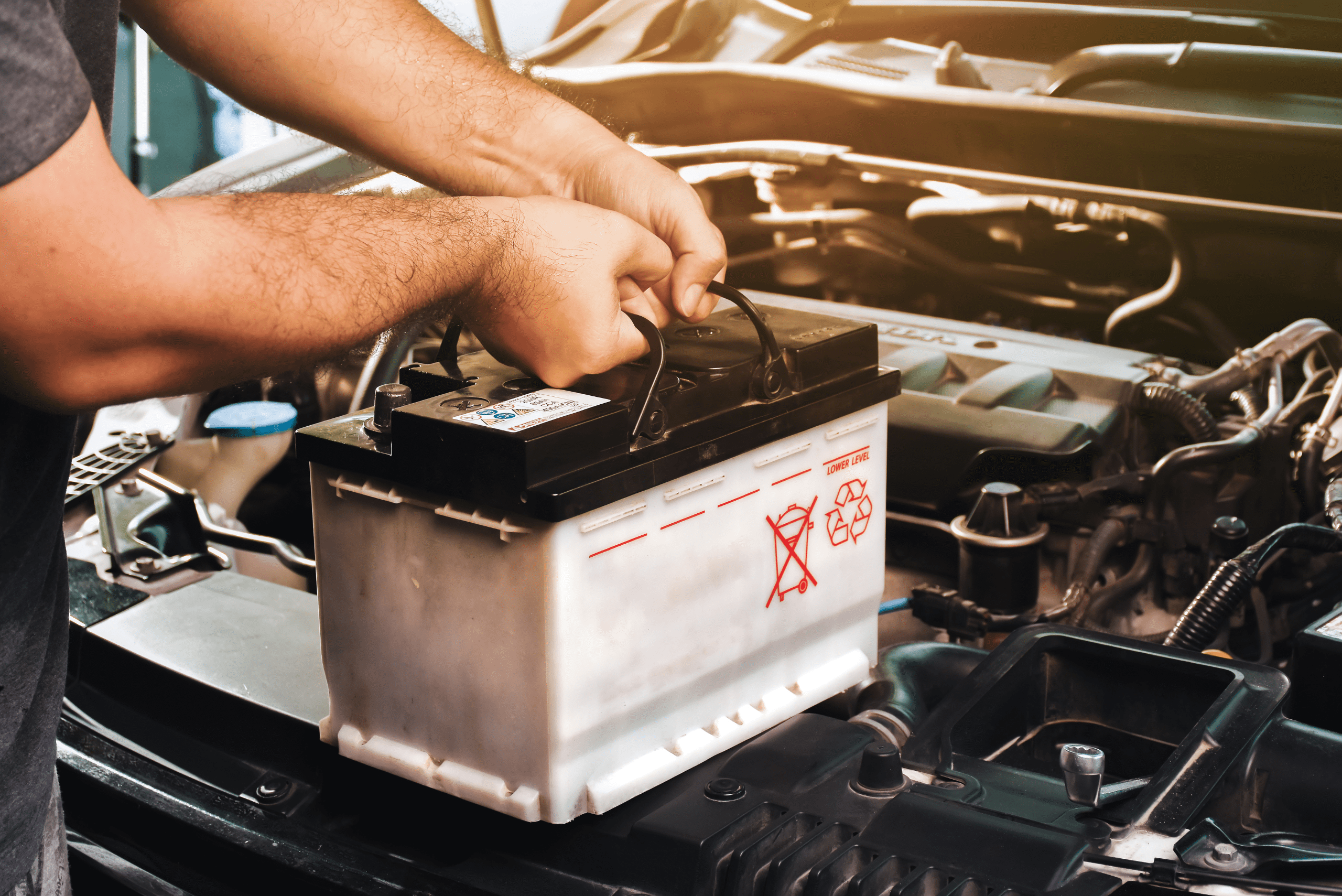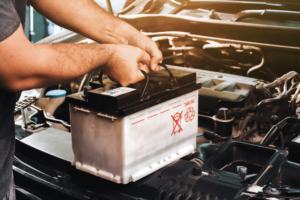For beginners, replacing a car battery can be intimidating. The right direction and tools can make the process quick and easy, saving time and money. When your car battery runs out, knowing how to replace it can help you avoid getting into trouble. This tutorial will walk you through the process and provide advice.
Understand the Importance of Car Batteries
A car’s functionality depends on its battery. It powers the starter motor, which starts the engine. When the engine is off, it powers the headlights, dashboard lights, and radio. It’s important to know when to replace your car battery because usage and environmental factors can cause the battery to deteriorate. Slow starts, dim headlights, and flashing dashboard warning lights can all indicate that replacement is necessary.
Find the Right Time to Replace Your Battery
Car batteries typically last three to five years, depending on how often you drive, the condition of the roads, and how well you maintain them. High temperatures, short trips, and turning on lights or appliances without running the engine can accelerate battery wear. If your car starts slowly or your battery box swells, this is a sign that your battery is running low. If your battery is three years old, use a voltmeter or diagnostic tool to check its condition.
Obtaining Tools
Make sure you have all the tools you need before replacing it. You will need a wrench or socket set to remove the battery terminals, a battery brush or battery cleaner to remove corrosion, and gloves and safety glasses to protect yourself. Some cars may require additional equipment to remove the battery tray or cover. Being prepared can reduce distractions and streamline the process. Most of these can be purchased at auto parts and hardware stores.
Selecting a Replacement Battery
Choosing the right replacement battery is critical to performance. Batteries come in different sizes, types, and capacities, so choose one that is right for your car. Your vehicle’s owner’s manual specifies the size of the battery pack, which affects its physical dimensions, terminal orientation, and power output. The battery must also have sufficient cold cranking amps (CCA) to start the vehicle in cold conditions. After choosing a battery, check its warranty and reliability ratings before purchasing.
Precautions Before You Begin
Always put safety first when working with car batteries. Sulfuric acid can be dangerous if batteries come into contact with skin or eyes. When working on batteries, avoid sparks and open flames, as they can release flammable gases. Always wear safety glasses and gloves, and turn the vehicle off with the key removed. Handle leaking or damaged batteries with care to avoid injury.
Locating Car Batteries
Most car batteries are located under the hood, but European models may be located in the trunk or under the back seat. Consult your owner’s manual to locate your battery. Once you have located the battery, determine if it can be safely removed. To prevent rolling while working, park the car on a level surface and set the parking brake.
Remove the old battery
Once you have located the battery, remove it. Locate the positive and negative terminals. The plus sign (+) and the red cable represent the positive terminal, while the minus sign (-) and the black cable represent the negative terminal. Start by disconnecting and removing the negative terminal. Avoid shorting the positive terminal when working on the positive terminal. After removing the negative terminal, move on to the positive terminal.
After disconnecting both connections, you may need to remove the battery bracket or battery cover. Use a wrench to loosen the battery nut and carefully remove it. Do not use excessive force when lifting the battery from the car.
Clean the battery tray and terminals
Before installing a new battery, give the battery tray and terminals a quick clean. Terminal corrosion is common and can damage electrical connections. Remove rust and corrosion with a wire brush or battery terminal cleaner. Cleaning the tray with baking soda and water will neutralize the acidic residue. Dry the tray thoroughly before installing the batteries.
New Battery Installation
After removing and cleaning the old battery, install the new battery. Carefully lower the new battery and secure it in the tray. Replace the bracket and cover repair centers, and recycling agencies take used batteries. Some businesses provide discounts or rebates for returning old batteries when buying new ones. Disposing of your old battery safely recycles the harmful elements inside, protecting the environment.
Care for Your New Battery
After replacing your automobile battery, maintain it to increase its longevity. Battery terminals should be checked for corrosion and cleaned regularly. Vibrations can damage internal components, therefore secure the batteries when driving. Do you rarely use your car? Use a battery maintainer or trickle charger to keep the battery charged.
Conclusion
This may seem daunting, but with the correct tools and experience, replacing a car battery at home is simple. Besides saving labor costs, this provides you the satisfaction of learning how to manage one of your vehicle’s most important parts. After following this guide, you can confidently replace your automobile battery and keep it functioning smoothly for years.



